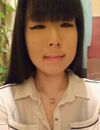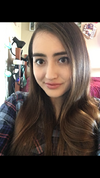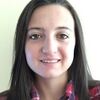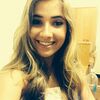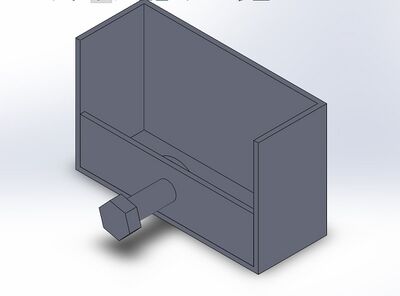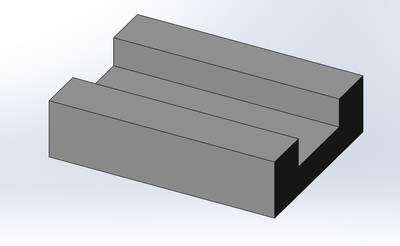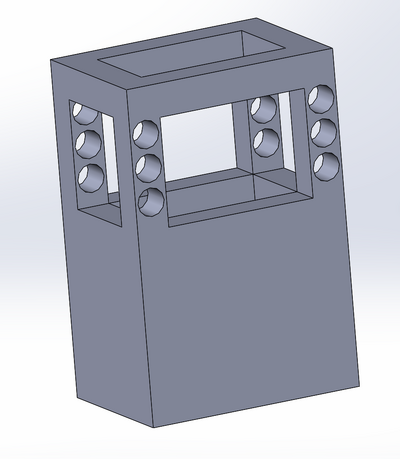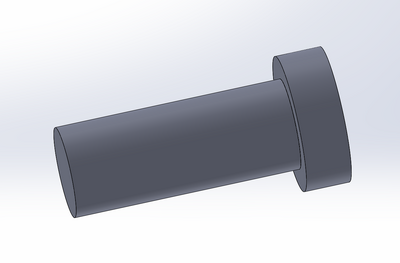BME100 s2017:Group5 W1030AM L6
| Home People Lab Write-Up 1 | Lab Write-Up 2 | Lab Write-Up 3 Lab Write-Up 4 | Lab Write-Up 5 | Lab Write-Up 6 Course Logistics For Instructors Photos Wiki Editing Help | |||||||
OUR COMPANY
FlexiPCR LAB 6 WRITE-UPBayesian StatisticsOverview of the Original Diagnosis System In BME 100, 17 teams of 6 students diagnosed 34 patients total for the disease-associate SNP (rs121908757), with our group diagnosing the patients with the ID numbers 45783 and 21721. The SNP in particular that we analyzed is linked with cystic fibrosis. For the division of labor within our individual group, two members were in charge of working with the drop fluorimeter, three members were in charge of working with Image J, and one member was in charge of working on the gel electrophoresis. With each patient, multiple trials were conducted to ensure a reduction in error. Because more trials yield more reliable results, three replicates for each sample were tested, labeled as G5 1-1, 1-2, and 1-3 for the first patient and G5 2-1, 2-2, and 2-3 for the second patient. This allows for any anomalies in one of the results to be backed up by additional trials to prevent any false positives or negatives. In addition to this, a positive and negative PCR control were also tested to compare the results of our samples and to ensure a more accurate analysis of the sample results. Our group also made sure that multiple team members were assigned to each task to make sure that there were multiple people looking over the protocol and experimentation for the PCR portion of the lab. For Image J calibration, multiple team members made sure to evaluate images to make sure that there were consistently clear results. In addition, the images of the samples were compared to the positive and negative controls and calibration curves were used to evaluate the results and to ensure a reduction in error. There were also three images of the drops that were taken so that there were several possibilities for analysis. This ensured that if one image was blurry or insufficient, two other images were available for analysis for each sample. Overall, the class yielded relatively successful results, as there was only one inconclusive result out of fourteen. This data can be seen below.
What Bayes Statistics Imply about This Diagnostic Approach
Intro to Computer-Aided Design3D Modeling
Our Design
Part Description: Our updated phone stand has a taller back in order to better support your phone and ensure that your pictures are taken at the same angle for each sample. There is a screw with a rubber backing attached to hold your phone in place. Simply place the phone in the stand then twist the screw until the phone fits snug against the back of the stand. This ensures the phone does not fall over between samples. The rubber protects the phone screen. This mechanism still allows for access to the phone screen to take pictures.
Fluorimeter Part Description: The standard fluorimeter which is placed on top of the redesigned structure for the system or at any other level of the structure.
Peg for Fluorimeter Structure Part Description: The peg is used in conjunction with the frame of the fluorimeter.They are used to support the tray with the drops being looked at. There is a total of twelve pegs which make up three different levels for the samples to rest at. The pegs screw into the holes in the frame and lock the tray into place keeping it from moving.
Feature 1: ConsumablesAll prior reagents that would normally be used in a PCR reaction are still needed, including the PCR mix, the primer solution, SYBR Green solution, a buffer, and a multitude of other chemicals. Plastic tubes and glass slides are also needed. Among these, the PCR mix and the SYBR Green solution would likely be listed as "very important". The other solutions/consumables can be bought in bulk, but PCR mix and SYBR Green would be essential to the PCR testing kit. Without these "very important" consumables, the kit would be made of basic lab supplies, and would not be a PCR-specific kit, as things such as buffers and plastic tubes can be found almost anywhere. Feature 2: Hardware - PCR Machine & FluorimeterFor our system, the Open PCR machine and the fluorimeter are included. This allows for the user to conduct PCR and then use the fluorimeter to analyze the results. Neither of these pieces is to be excluded as they are important to our system. The only redesign is of the fluorimeter.
When we used the original fluorimeter, it was obvious that the images were not consistent which led to inconsistent data. With our redesign of this, we opted to make the smartphone feature more flexible and reliable. We created a phone holder which clamps the smartphone in place which makes images more precise. The phone will not slide around changing the view of the PCR samples. Another redesign that we did was to add multiple elevations for the PCR samples depending on the height of the chosen smartphone. This allows for the height of the phone to not hinder the system.
| |||||||
